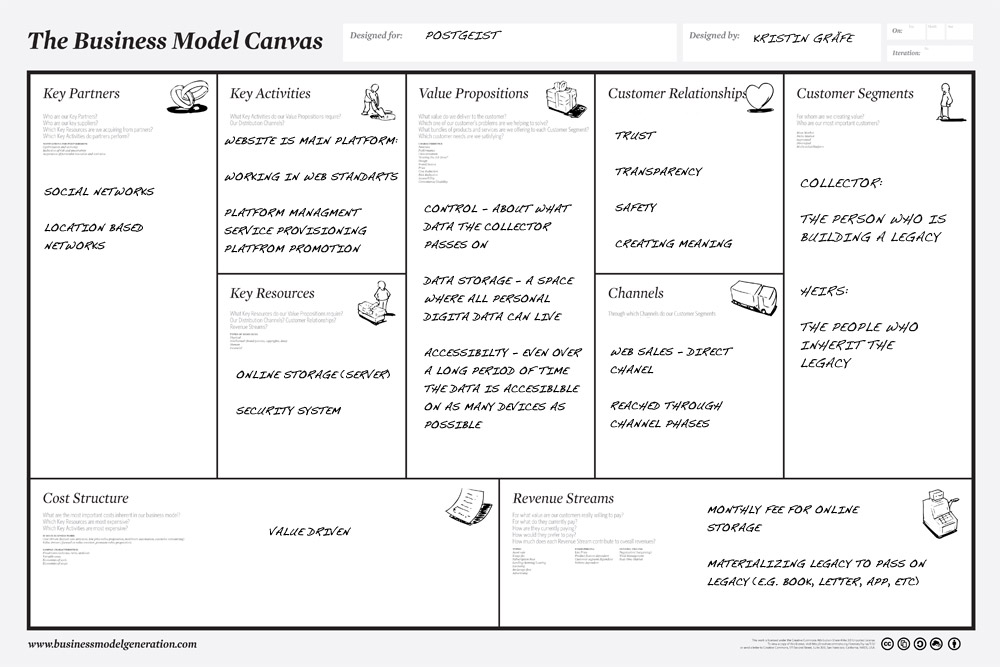Editor’s Note: Our company has been cooperating with startup entrepreneurs as a web / mobile design and development outsourcing partner since 1999 and we think it’s important to provide inexperienced would-be founders will all kinds of useful information on launching and propelling their business ventures. This article is one of a series of blog publications on the early stages of establishing a successful startup company.
Without a doubt a detailed and thorough business plan of your new startup idea comprising several dozens of pages looks very impressive. And it even can gain you some more trust. The very pile of paper means that you’ve already done a lot of work aside from developing the idea, i.e. competitors and market researches (regardless of how complete they are) leaving alone the amount of time you spent to write the business plan.
But how is it applicable to an IT business? While you are writing your business plan and doing the market research, there’s a good chance a similar idea is being implemented by another startup team with no business plan at all. Or this other team may have enough resources for the “probing action” to test the market. The IT market is prone to quick changes in comparison to the traditional markets, and that is the reason why there is a risk of a business plan and the idea itself getting obsolete before completion.
And this is when a quick and sketchy business plan can come in handy and be even more appropriate as long as it includes the main points, describes problems to be solved and answers the main question of how successful the startup project could be.
There are some approaches that help create a happy middle ground between an elaborated business plan and sketchy one. We’d like to talk about three such approaches: a SWOT analysis, Innovators Scorecard and Business Model Canvas.
Using these approaches you can create a basic description of your business idea within two-four pages at the most. They help better visualize the idea as well as focus attention on the most essential parts of the startup project, not to mention a convenient format for discussion and editing.
SWOT Analysis
The SWOT analysis describes the business in a rather short form taking into account four main factors: strengths, weaknesses, opportunities and threats.
 |
| SWOT Analysis |
Cons: the evaluated factors are general, there’s no clear discrimination between the internal business factors, such as team, for example, and external ones, e.g. market.
Pros: there are only four factors to evaluate which are pretty easy to comprehend. This approach can be used not only for external but also for internal activity of the company.
Innovators Scorecard
The scorecard approach might be less pleasant for an inexperienced user. But the point here is to evaluate each criterion rather than describe it.
One of the famous evaluation tables was offered by Thomas K. McKnight, whose book Will It Fly? How to Know if Your New Business Idea Has Wings...Before You Take the Leap became very popular. He also held a lot of trainings for top managers from different parts of the world.
This table includes 44 criteria and each of them is be scored from -10 to +10 and “weighed” by its importance from 1 to 3.
 |
| Innovators Scorecard |
Some of these factors are easy to understand such as Resources available. The others are rather vague, like Passion (how would you assess your personal passion for the project). You can find a detailed description of each criterion in the book.
The idea will “fly” if in the end you’ll score at least 70% of maximum score. And if not, you’ll intuitively feel which criteria need extra attention.
When you get some more experience with this table you can easily add some of your own criteria. You can (and should) also adjust the table in the course of your company development tracking your current strengths and weaknesses.
Cons: one needs to read the book to understand all the criteria.
Pros: though the evaluation here is quite subjective, you can observe the distinctiveness between two ideas expressed in plain numbers. After some experience one can fill up the table within 30-40 minutes or less. According to the author’s recommendation you’d better assess any promising idea you learn about using the scorecard to have a clearer understanding of what it’s worth before the further discussion.
Business Model Canvas
This approach is relatively new new. It was offered by Alexander Osterwalder in 2004. The method is gaining its popularity, especially with startup entrepreneurs. It’s based on the classic “The 4 Steps to Epiphany” book by Steve Blank. If you like the book you might like Business Model Toolbox by Alexander Osterwalder.
A business model is described on a single page divided into 9 blocks.
 |
| Business model canvas example |
These 9 blocks or parameters comprise main business points.
- Infrastructure (key activities, key resources, partners)
- Value propositions (the main value of products and services offered by the company)
- Customers (customer segments, sales channels, clients relationship development)
- Finances (costs, revenue streams)
Pros: it’s quite illustrative and sufficient for a basic evaluation of a startup idea or IT business. It can be a good basis for a detailed business plan. It is convenient for regular changes and editions.
Cons: no qualitative assessment unlike the Scorecard method.
None of these approaches exclude any other, so you can combine them for your brief business plan purposes. And their main advantage is that they all are accessible, take only a little of your time and there’s no need in any special education. And there’s no doubt that after using a SWOT analysis, Scorecard or Business Model Canvas you can come to better understanding of your startup business idea and its strong and weak points.
Based on the translated article.
Translation: Olga Semenova
Editor: Dmytro Nesterov
See also:
Startup Business Plan Checklist for Success with Venture Capitalists



















